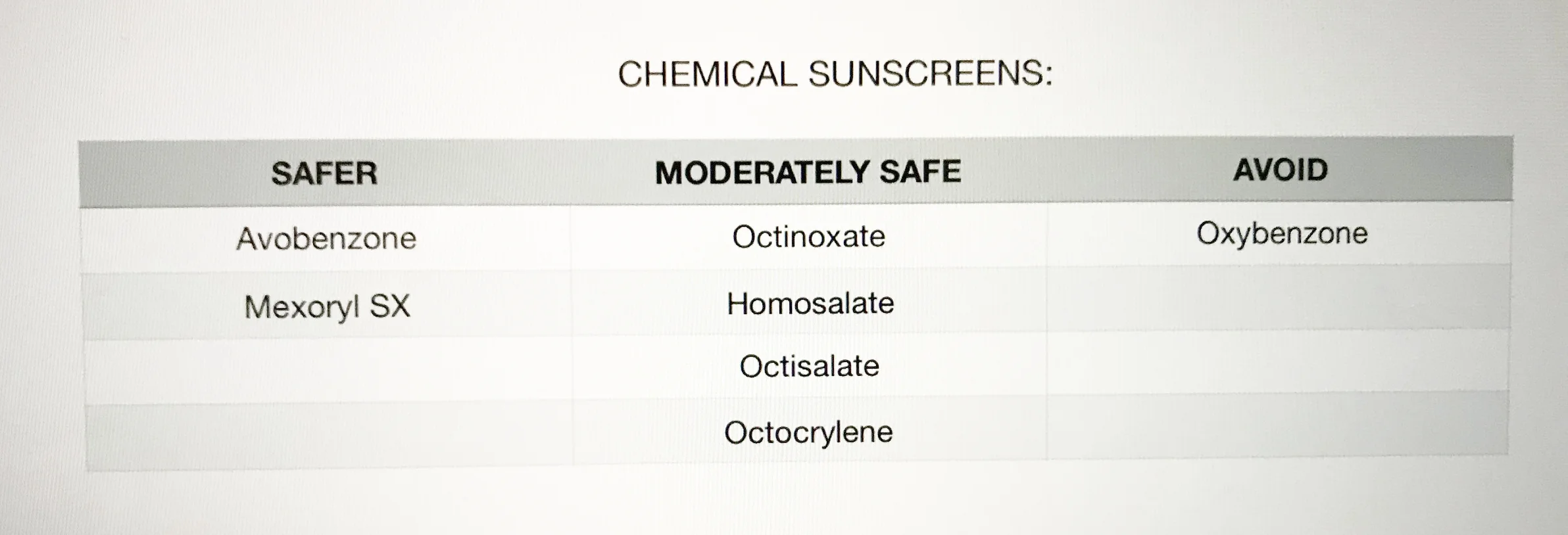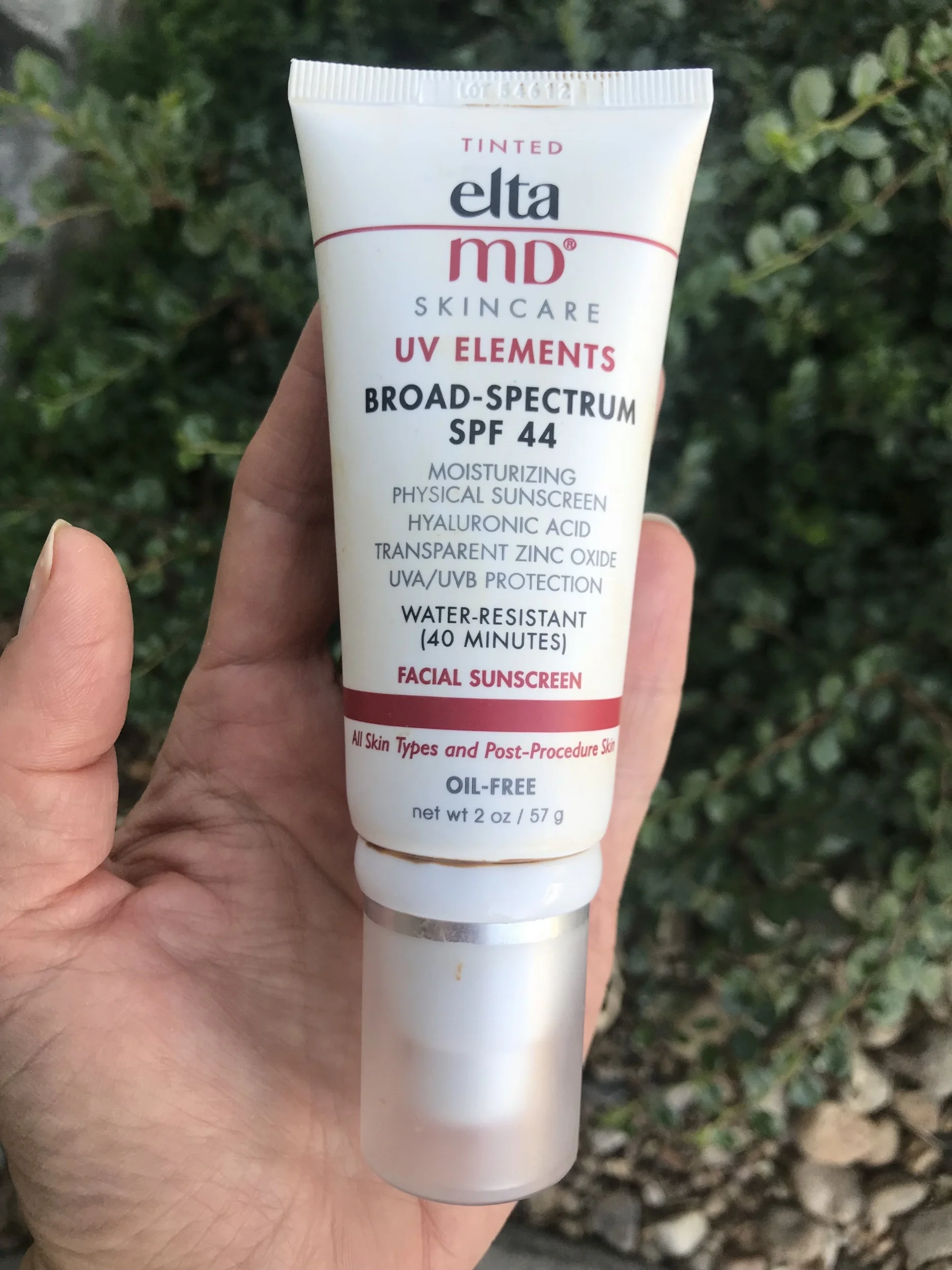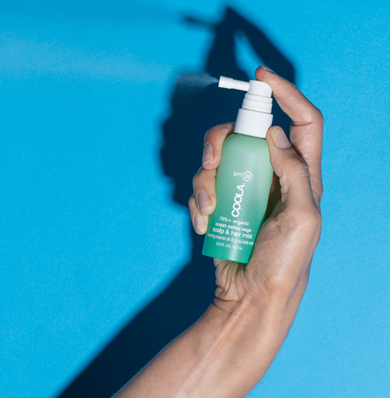What is the Best Sunscreen for Me?!
Summer is in full swing! The days are long and there’s nothing better than sitting by the pool or going for a long hike on the trails. But this might bring up the question, “What sunscreen should I put on?” Maybe that Banana Boat from last year? Or that thick white paste that didn’t wash off for 3 days? The answer to which sunscreen is perfect for you or your kids is not one set answer. It depends on your skin type, what you are doing that day, and which product you like the feel of. Let’s see if I can make choosing one a little easier!
First let’s clear up what exactly sunscreen is:
What is SPF?
Sun Protective Factor. This is a number that's a measure of how well your skin is protected from UVB rays, the kind of radiation that causes sunburn, damages skin, and can contribute to skin cancer. Without going into too much detail, the SPF scale is not linear. For example, an SPF 15 blocks 93% of UVB rays, SPF 30 blocks 97% of UVB rays and an SPF 50 blocks 98% of UVB rays. So if you see an SPF 100, it is not giving you much more protection than an SPF 50.
Most simply, it is best is to find a sunscreen with an SPF of 30 or higher, especially in Colorado where you are at an altitude with very little ozone protection.
Did you notice that I didn’t mention UVA (the rays that are known to cause wrinkles, “sun spots,” and skin cancer)?? The SPF number on your bottle is only an indication of how well you are protected from UVB. Seriously! So you could be getting UVA sun damage with a high SPF because it is only an indication of your UVB protection!
How do I make sure I’m getting coverage from both UVA and UVB?
One way is to look for the words “broad spectrum”. This means that it has both UVA and UVB protection. However, there is no set guideline at this point to label just how much UVA protection you are getting.
No matter what the brand, one way to be sure you have better coverage is to look for zinc in your product. The physical block of this mineral is important for full UV coverage.
What is the difference between a mineral and chemical sunscreen?
Mineral sunscreens (also known as physical sunscreens) contain tiny zinc oxide or titanium dioxide particles that sit on top of your skin to deflect UV rays. If you want to decide between the two, zinc oxide is proven to block both UVA and UVB rays, whereas titanium dioxide primarily only blocks UVB rays.
Chemical sunscreens use... well... chemical ingredients like octinoxate that work by absorbing UV rays and converting them into heat, which is released through the skin. Other chemicals you might see that are good at absorbing UVA are avobenzone, Mexoryl SX and oxybenzone.
However, make sure to AVOID oxybenzone as it is known to mimic hormones, penetrate your skin and can disrupt your hormone system. And it also does damage to marine life and is known to have high rates of skin irritation. Oxybenzone is not good for you or the environment.
What is all the buzz about “reef safe” sun protection?
It all started in Hawaii when on May 1st 2018 a groundbreaking law was passed banning the sale of any sunscreen that contains chemicals that can harm coral reefs starting in 2021. The New York Times reported that an estimated 14,000 tons of sunscreen is believed to be deposited in oceans annually with the greatest damage found in popular reef areas in Hawaii and the Caribbean. Specifically the chemicals oxybenzone and octinoxate were mentioned because they have been proven to lead to coral bleaching, coral deformity and the death of coral.
Other ingredients to avoid that have been shown to cause coral bleaching even at low levels include butylparaben and octinoxate.
The problem is that no matter what your sunscreen, it will wash off your body when swimming and enters the marine environment. Best best “reef safe” sun protection products are those that contain ONLY the minerals zinc and titanium. These physical blockers offer great UV coverage without all the marine damaging chemicals.
Best products that are reef safe:
You can be sure you are reef safe if you use: Coola products, Alba Botanica Sport Mineral Sunscreen SPF 45, or SkinCeuticals Sheer Physical UV Defense SPF 50.
What is best for sensitive skin?
Hands down, stick to a zinc based sunblock. Zinc is a natural anti-inflammatory and even though it can be a bit drying at times is the best for anyone with sensitivities. In fact, the active ingredient in diaper cream is zinc because of its ability to relieve and prevent skin irritation. Funny huh?!
What is the best way to apply sunscreen?
Apply chemical based sunscreens at least 10-15 minutes before going in the water or outside so that it absorbs into your skin. Mineral based sunblocks start working right away. You can also wear an SPF rash guard top to reduce the amount of sunscreen you put on your skin
Repeat every 2 hours when outside playing and don’t forget places like your ears and behind your neck if you have short hair or wear it up a lot. If you are just running around town and don’t want to re-apply a sticky cream, try a powder. Colorscience makes a great SPF 50 powder that you can stick in your purse or backpack for easy reapplication. And it’s approved by the Skin Cancer Foundation.
Some products I love are:
For everyday on your face with a tint:
Best non-tint for face and body:
These all give great coverage and are paraben-free - CeraVe Body Lotion SPF 30, Alba Botanica SPF 45, EltaMD UV Sport SPF 50, and Aveeno Ultra Calming Moisturizer with SPF 30. The CeraVe also has a body lotion SPF 50 that's great too.
Best sticks (LOVE for my kids):
Pacifica Mineral Sun+Skincare Stick SPF 50 (19.2% zinc) and BeautyCounter Mineral Stick SPF 30 (14.5% zinc)- both are fairly clear when they go on and kids can apply to their faces by themselves! Raw Elements EcoTint SPF 30 (22.75% zinc) has plain and universal tint options. I love COOLA products and COOLA Sport SPF 50 Stick (20% zinc), with or without tint, is great at the beach or pool.
My thoughts on spray sunscreens:
Overall I am not a fan of sprays. Most only contain chemical screens that do not allow for the best coverage and they really need to be rubbed in anyway. Have you ever used a spray on the beach or on a windy day? All of the spray ends up everywhere but where you meant it to go! And because they are aerosolized, you are actually inhaling these chemicals! Yikes. The scalp is the one place that I think a spray may play an important role.
If you must use a spray try:
365 Coconut Vanilla Sunscreen Spray SPF 30
You can find this one at Whole Foods (for around $10) and it's great for scalps because it is clear and won't leave any white residue. Nice.
If you must use a spray try Alba Sensitive Mineral Spray SPF 35. Bonus: it's water resistant! It does come out a little white on your skin - but just give it some rubbing and know that you have some good UV coverage!
For scalp: Coola Organic SPF 30 Scalp & Hair Mist.
This product does contain some chemical screens, but they are some of the safest ones. Even though it does not contain zinc, it is more cosmetically appealing for your hair and scalp. No white film!
Wherever you are in the outdoors, now you have the knowledge to be fully protected from too much sun exposure!
My family having some fun in the sun at the Queen's Bath in Kuai, HI.























